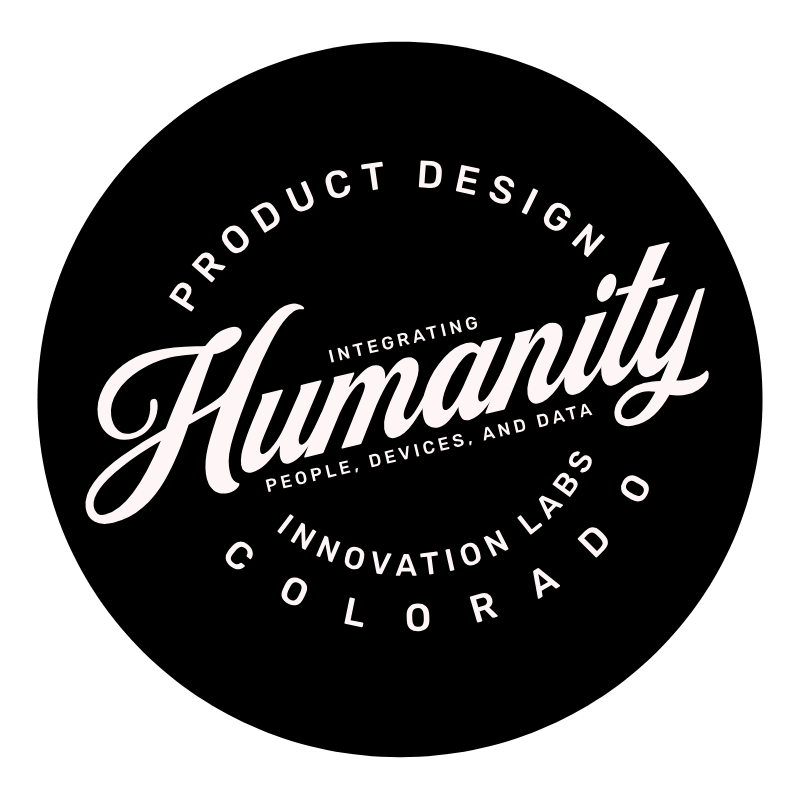Why Low-Code/No-Code Platforms Are Revolutionizing R&D for Small and Midsize Companies
Rethinking How We Build: The Low-Code/No-Code Shift
Traditional software development is notoriously slow and complex. For most small and midsize businesses, building even a basic digital product from scratch calls for months of design, intense (and expensive) engineering, and endless debates over features you might not even need. That’s all changing—fast.
Enter low-code and no-code platforms. These tools are making it possible for anyone, not just expert developers, to design, prototype, and test new solutions in days, not months. They're transforming R&D from something only the largest enterprises could afford, into a realistic innovation strategy for teams of any size.
Speed Meets Simplicity—Why It Matters in R&D
Small and midsize companies win on agility, not scale. In R&D, this means getting quick answers to the big, “Should we build this?” question. Low-code/no-code accelerates every phase of development:
Rapid prototyping: Build clickable mockups and minimum viable products (MVPs) with drag-and-drop tools.
Instant iteration: Make changes based on real user feedback, not just gut instincts.
Early validation: Gather data on what works—without wasting your full development budget on features you might not need.
A Forrester study found low-code development can accelerate software delivery by up to 10x, putting powerful innovation cycles within reach for the smallest teams (Forrester, 2024).
Cost-Effectiveness: Do More With Less
Budgets always matter in R&D. Unlike traditional approaches that often require hiring a full dev team, low-code/no-code platforms let you:
Avoid costly developer salaries—your subject matter experts can build directly.
Reduce infrastructure spend—most platforms run in the cloud, so there’s no need for beefy servers or expensive software licenses.
Shift resources—focus your funding on testing bold ideas, not maintaining legacy code or overbuilding on day one.
Take, for example, a mid-sized manufacturing firm looking to trial an internal process app. Instead of a 6-month dev cycle, two process engineers and a product manager spun up a working prototype in under three weeks with zero coding. Cost? Less than a single developer month. Confidence? Sky high, because real users saw it and gave feedback before a dollar was sunk into full-scale build.
Innovation For All: Empowering the Whole Team
Perhaps the biggest revolution is the way these platforms shift who gets to “do” innovation. You no longer need a computer science degree to solve problems with software. Business analysts, customer service leads, even plant floor managers can turn ideas into real solutions.
This “citizen developer” movement means domain experts drive the process:
No miscommunication: The person who feels the problem most can be the one prototyping the solution.
Cross-pollination: Technical and non-technical teams collaborate earlier, reducing risky handoffs and delays.
Truer user-centricity: Solutions are rooted in real workflows, not just IT’s best guess.
Recent industry data shows that 60% of low-code users have little to no development background (New Horizons, 2024). That’s R&D democratized—everyone has a voice and a tool.
Less Risk, More Learning
The dirty secret of digital product development? Risk comes from uncertainty. Traditional R&D burns time and money on solutions that might work. Low-code/no-code lets you:
Start small, validate, and scale up only what users actually want.
Pivot your idea with minimal pain if early feedback is negative.
Reduce feature bloat—focus only on solving one pain point at a time.
This approach echoes best practice design thinking: make something real, put it in users’ hands, and repeat until you’re sure. The result is a radically higher chance that your project delivers value, not just working code.
"Low-code and no-code tools have democratized software creation, making agile, iterative prototyping not just possible but practical for organizations of any size."
— Forrester, 2024 (source)
Resource Constraints? Low-Code Has Your Back
It’s no secret—the world is short on developer talent, and hiring the best is expensive (and competitive). If you’re a small or growing company, betting your R&D outcomes on finding just the right engineer is risky. Low-code/no-code platforms scale what you have:
Make the most of internal thinkers, not just coders.
Enable your best problem solvers to build, not just propose.
Free up your technical resources for the truly hard problems, while the rest of the team ships the basics.
In 2025, with the market for these tools set to reach $86.9 billion (Revtek Capital, 2025), the barrier to entry is only dropping further.
Real-World Use Cases
Across industries, the impact is showing up everywhere:
Healthcare R&D: Clinics use no-code apps to trial new patient scheduling workflows—live, with real patient data, no dev team required.
Manufacturing innovation teams: Engineers design dashboards and data capture tools to monitor new machine lines, iterating on the fly.
Consumer goods SMBs: Marketing teams launch interactive product configurators to gather real customer feedback—weeks from idea to prototype.
It’s not about replacing IT. It’s about including more voices, testing more ideas, and moving on from failures (or scaling successes) with minimal waste.
The Synergy: User-Centered Design & Low-Code/No-Code
User-centered design is at the core of successful digital transformation, and low-code/no-code supercharges this by letting you:
Prototype with your future users, not just for them.
Collect feedback in rapid, lightweight cycles versus lengthy, risky launches.
Avoid building overcomplicated tools—just solve one user pain at a time.
This mirrors recent trends in user research-driven innovation, as highlighted in previous Humanity Innovation Labs posts like How Embedded User Research Empowers Skilled Industrial Workforces.
Ready to Try? Start Small, Think Big
If your organization is ready to see how low-code/no-code can accelerate your next R&D challenge, you don’t need a huge project to start. All it takes is a problem worth solving and a team excited to try something new.
Humanity Innovation Labs specializes in low-code/no-code workshops and rapid prototyping sessions designed just for small and midsize organizations. Our minimalist, people-first approach means you can learn—and build—at the speed of your market.
Want to see what a workshop looks like? Reach out for a consult or check out our blog on prototyping with generative AI.
In a world where speed matters and risk is real, low-code/no-code gives you your greatest innovation edge: the ability to learn by building—fast, for less, and together.



